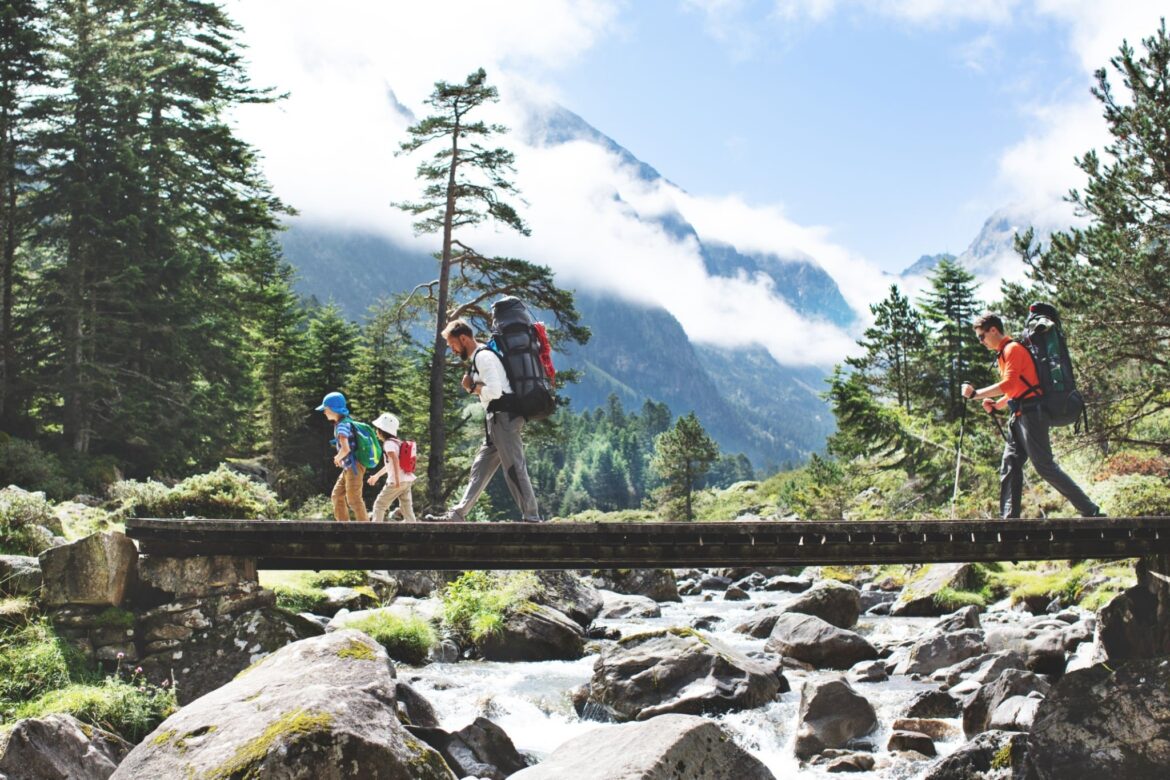Hiking is a wonderful way to connect with nature and experience the great outdoors, especially during the vibrant summer months. As the sun shines bright and the landscapes come alive, it’s essential to dress appropriately for your hiking adventures. Wearing the right attire not only ensures comfort but also contributes to your safety and overall experience. In this comprehensive guide, we’ll delve into the intricacies of what to wear when hiking in summer, from head to toe.
1. The Basics: Moisture-Wicking Clothing
When it comes to dressing for summer hiking, moisture-wicking clothing is your best friend. Opt for lightweight and breathable fabrics such as synthetic blends or merino wool. These materials efficiently wick away sweat from your skin, keeping you dry and comfortable throughout your hike.
2. Top Wear: Choosing the Right Shirt
A moisture-wicking, short-sleeved or sleeveless shirt is an ideal choice for summer hiking. Look for shirts with ventilation features like mesh panels or zippered vents for added airflow. Remember to prioritize sun protection by selecting shirts with UPF (Ultraviolet Protection Factor) ratings to shield your skin from harmful UV rays.
3. Bottom Wear: Comfort and Mobility
For your bottom wear, choose hiking shorts or convertible pants that can be zipped off into shorts. This offers flexibility and adaptability as temperatures change throughout the day. Ensure your shorts or pants are lightweight and provide ample freedom of movement.
4. Layering: Be Prepared for Temperature Changes
While summer hiking is associated with warmth, elevation changes and unpredictable weather patterns can bring temperature fluctuations. Packing a lightweight, packable jacket or a long-sleeved shirt helps you stay comfortable when the sun sets or unexpected weather rolls in.
5. Footwear: The Foundation of Your Hike
Selecting the right footwear is crucial for a successful hike. Invest in comfortable, supportive hiking shoes or boots with good traction. Make sure they are well broken-in before embarking on a long hike to prevent blisters and discomfort.
6. Socks: Banishing Blisters
Wearing moisture-wicking, cushioned hiking socks can prevent blisters and keep your feet dry. Choose socks that provide a snug fit without causing discomfort, and consider carrying an extra pair in your backpack for longer hikes.
7. Headgear: Protecting Yourself from the Sun
A wide-brimmed hat or a cap with a neck flap offers excellent sun protection for your face, neck, and ears. Sunglasses with UV protection are also essential to shield your eyes from the harsh sun and glare.
8. Accessories: Essential Additions
Carry a lightweight, breathable neck gaiter or bandana to protect your neck from the sun and wipe away sweat. Additionally, don’t forget to apply a high-SPF, water-resistant sunscreen to exposed skin and reapply as needed.
9. Backpack: Carry Your Essentials
Choose a backpack that’s appropriate for the length of your hike. A smaller daypack is sufficient for short hikes, while longer treks might require a larger backpack with hydration reservoir compatibility.
10. Considerations for Special Conditions
If you’re hiking in areas with dense vegetation, consider wearing lightweight, breathable pants and long sleeves to protect yourself from scratches and insect bites. In areas with high altitudes, pack warmer layers and be prepared for temperature drops.
Conclusion
As you gear up for your summer hiking adventures, remember that comfort, safety, and enjoyment are paramount. Dressing appropriately for the season ensures that you can fully immerse yourself in the natural beauty around you without worrying about discomfort or sunburn. By following the tips outlined in this comprehensive guide, you’ll be well-equipped to embrace the trails and make the most of your summer hiking experiences.
